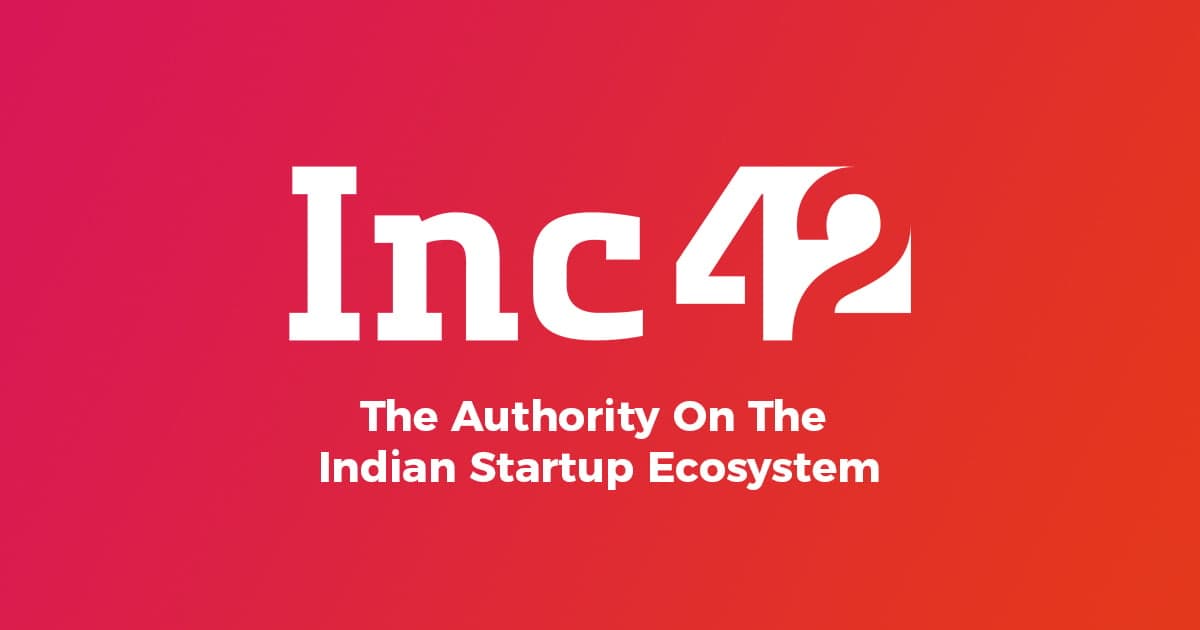Currently, 5G services are available in over 750 districts and 8000 towns and cities in India
It is pertinent to note that the benefits of 5G include significantly higher peak data rates, reduced latency, and greater spectrum efficiency, surpassing those of the previous 4G networks
Besides, the government is also working on the development of ‘Cell-Free’ 6G Access Points in agreement with IIT Roorkee and IIT Mandi
The Centre has said that 5G services have now been launched across all the districts of Himachal Pradesh.
Responding to a question, minister of state (MoS) for communications Pemmasani Chandra Sekhar informed the Parliament that 5G networks have been rolled out in all states and union territories across the country, with these services currently available in over 750 districts and 8,000 towns and cities.
To date, more than 4.4 lakh 5G Base Transceiver Stations (BTSs) have been installed, including 4,101 BTSs in Himachal Pradesh.
It is pertinent to note that the benefits of 5G include significantly higher peak data rates, reduced latency, and greater spectrum efficiency, surpassing those of the previous 4G networks.
BSNL/MTNL plans to introduce 5G services after completing the rollout of its 4G network.
The government has taken several initiatives to proliferate 5G services which include assigning sufficient spectrum for mobile services through auctions and implementing a series of financial reforms to rationalise adjusted gross revenue (AGR), bank guarantees, interest rates, and penalties.
Additionally, spectrum sharing, trading, and surrender have been permitted according to the extant Notice Inviting Application (NIA) terms and guidelines issued from time to time.
The procedure for SACFA (Standing Advisory Committee on Radio Frequency Allocations) clearance has been simplified. The notification of Right of Way (RoW) Rules and the launch of the PM GatiShakti Sanchar portal have streamlined RoW permissions and expedited clearance for installing telecom infrastructure, the minister said.
Since the launch of 5G services on October 1, 2022, approximately 17 Cr wireless data subscribers in India have started using 5G. Telecom Service Providers (TSPs) have expanded 5G services beyond the minimum rollout obligations prescribed in the NIA for spectrum auction.
Besides this, the Centre for Development of Telematics (C-DOT), a premier Telecom R&D centre of the Department of Telecommunications (DoT) signed an agreement with the Indian Institute of Technology Roorkee (IIT Roorkee) and the Indian Institute of Technology Mandi (IIT Mandi) for the development of ‘Cell-Free’ 6G Access Points.
The agreement is designed to provide funding support to domestic companies, Indian startups, academia, and R&D institutions involved in the design, development, and commercialisation of telecommunication products and solutions. This scheme aims to enable affordable broadband and mobile services, playing a significant role in bridging the digital divide across India.
Traditional mobile networks rely on cell towers to service specific areas, like 4G and 5G. In contrast, ‘Cell-Free’ Massive MIMO uses multiple access points spread over a large area to serve many users simultaneously, improving connectivity, eliminating dead zones, and boosting data speeds for a better experience, even in crowded places.
This 6G project aims to develop access points (APs) for future 6G networks and will also contribute to 6G standardisation, commercialisation, and intellectual property generation.
As telecom service providers continue to expand 5G networks across the country, Prime Minister Narendra Modi has emphasised that India is also striving to lead the global 6G technology frontier.
In March 2023, the government introduced India’s first 6G test bed and released the ‘Bharat 6G Mission’ document, outlining a roadmap for the deployment of 6G services in the coming years.
This comes at a time when telecom operator Reliance Jio reported onboarding over 10.8 Cr subscribers to its 5G network.

